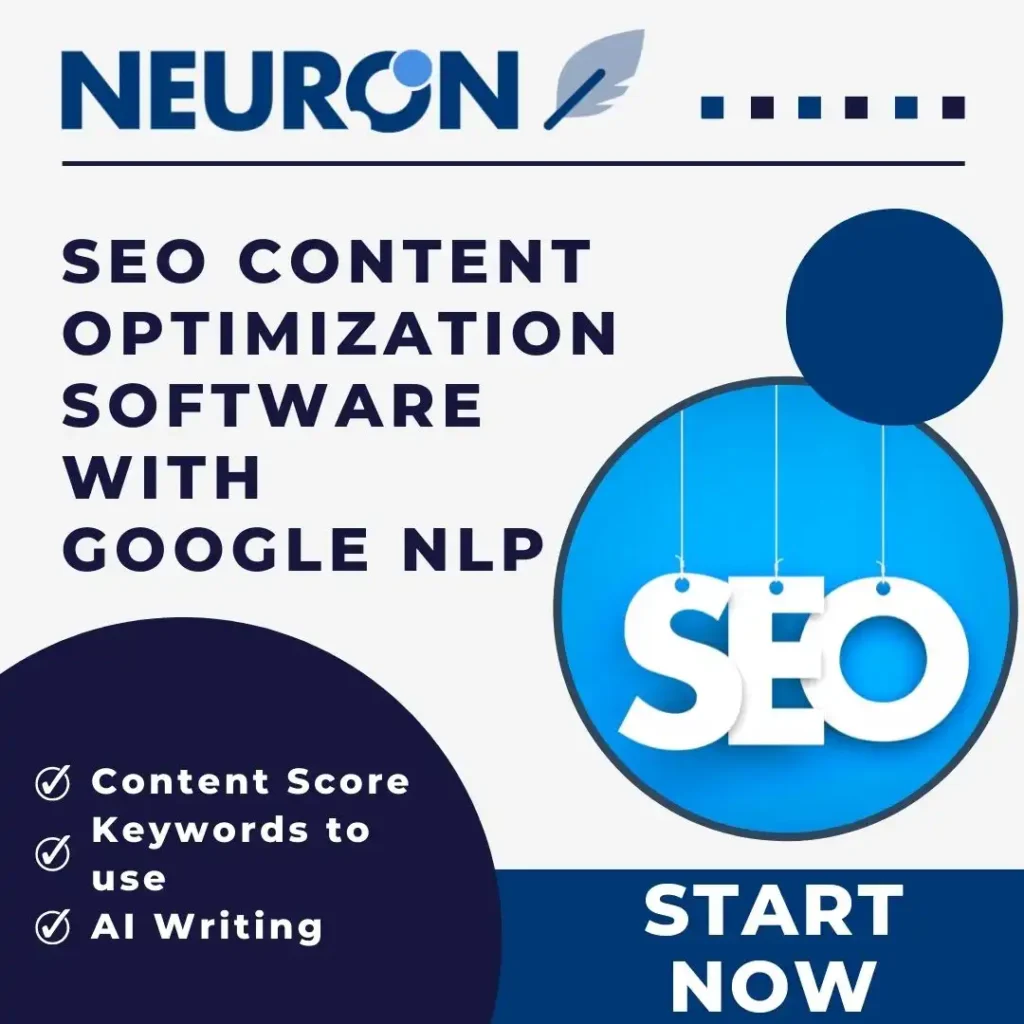Search Engine Optimization (SEO) is the foundation of online visibility. Without proper SEO strategies, even the most well-designed website can struggle to appear in the search engine results pages (SERPs). Whether you’re a business owner trying to drive traffic to your site, or a digital marketing professional looking to refine your marketing strategies, understanding the various types of SEO is essential for long-term success. SEO involves much more than inserting keywords—it’s a comprehensive approach to optimization that impacts how search engines and users interact with your content.
The 4 Types of SEO That Matter Most
There are four main types of SEO that work together to help search engines understand and rank your site effectively. These SEO types are not mutually exclusive—they often overlap in a successful SEO plan. Each type of SEO focuses on a different aspect of your digital presence and contributes to your visibility in search.
On-Page SEO: The Foundation of Optimization
On-page SEO involves optimizing the content and structure of your website to help search engines and users understand it better. This type of SEO focuses on elements like title tags, meta descriptions, header tags, image alt text, and internal linking structures.
Using relevant keywords within your website content is a core on-page SEO tactic. These keywords help search engines like Google categorize and rank your site based on search queries. On-page SEO also includes making sure that your pages are mobile-friendly, fast-loading, and user-friendly, which are all important ranking factors.
On-site SEO is another way to refer to this process, which includes aligning your product page content, blog posts, and service pages with search engine best practices to improve SEO performance and increase traffic.
Off-Page SEO: Building Authority Beyond Your Site
Off-page SEO refers to activities that take place outside of your website but still impact your search engine ranking. The primary focus of off-page SEO is link building—getting other websites to link back to your site as a way of vouching for your authority and trustworthiness.
This type of SEO also includes social media engagement, guest blogging, influencer marketing, and brand mentions across the web. Off-site SEO is critical for building domain authority and improving your visibility in search results.
The key is to develop a balanced link profile that search engines trust. However, beware of negative SEO practices such as spammy backlinks and black hat SEO techniques that can harm your reputation and lead to penalties from Google.
Technical SEO: Optimizing the Infrastructure
Technical SEO involves making backend improvements to help search engines crawl, index, and render your website effectively. It’s a type of SEO that requires attention to detail and often involves working closely with developers or an SEO expert.
Part of technical SEO includes setting up and monitoring Google Search Console, ensuring mobile SEO compatibility, creating an XML sitemap, fixing crawl errors, optimizing site speed, and implementing structured data. These efforts not only improve user experience but also send strong signals to search engines that your site is trustworthy and optimized for search.
Technical SEO is critical because it lays the groundwork that supports all your other SEO strategies. Without a solid technical foundation, your other SEO efforts may not yield results.
Local SEO: Reaching Nearby Customers
Local SEO is a type of SEO focused on optimizing your online presence to attract more business from relevant local searches. If your business relies on customers in a specific geographic area, using a local SEO strategy is essential.
Local SEO services include optimizing your Google Business Profile, managing local citations, collecting online reviews, and using localized keywords. These efforts help your business appear higher in search when users make queries like “coffee shop near me” or “plumber in [city].”
Local SEO ensures that your business shows up in Google Search and Maps when it matters most—right when potential customers are searching for your products or services.
International SEO: Expanding Globally
International SEO is a strategy designed for businesses targeting audiences in multiple countries or languages. This type of SEO involves creating multilingual and multi-regional content and using hreflang tags to inform search engines about language targeting.
When done properly, international SEO helps drive traffic from search engines across the globe, ensuring that your content appears in the correct language and region for international users. It’s part of technical SEO and content SEO combined and requires careful planning to avoid duplicate content and indexing issues.
Content SEO: Creating Value for Users and Search Engines
Content SEO is a type of SEO that focuses on creating optimized content that satisfies both users and search engines. This involves crafting content that answers search queries, uses relevant keywords naturally, and follows content marketing best practices.
Effective content SEO includes blog posts, product descriptions, landing pages, and even video SEO. It’s important to use a variety of types of content to engage your audience and improve your search engine visibility.
Good content marketing and SEO content can significantly improve your organic traffic by helping search engines understand the value and relevance of your pages.
Mobile SEO: Meeting Users Where They Are
Mobile SEO focuses on optimizing your website for mobile devices. With the majority of global traffic now coming from smartphones and tablets, mobile optimization is no longer optional.
Mobile SEO includes responsive design, fast loading times, mobile-friendly navigation, and accessible content. Search engines like Google prioritize mobile-friendly websites in their rankings, making mobile SEO a crucial part of your overall digital marketing and SEO plan.
Negative SEO: A Threat to Your Efforts
Negative SEO involves malicious tactics aimed at sabotaging a website’s search engine ranking. These unethical strategies may include building toxic backlinks, duplicating your content across the web, or hacking your site.
To protect your SEO success, it’s essential to monitor your backlink profile, use security tools, and regularly conduct an SEO audit. Being proactive helps you maintain your site’s integrity and defend your rankings from these harmful tactics.
How SEO Types Work Together to Drive Traffic
Each type of SEO contributes to a comprehensive SEO marketing strategy. Whether you’re optimizing individual product pages, managing your local SEO strategy, or developing international SEO campaigns, combining these techniques will drive traffic and improve your position in search engine results.
The synergy between content marketing, technical SEO, off-page authority building, and local targeting ensures your website is optimized for every stage of the user journey.
Final Thoughts: Build Your SEO Strategy with the Right Types
SEO is not a one-size-fits-all solution. Understanding the different types of SEO helps digital marketers, SEO experts, and business owners choose the best tactics for their goals. Whether you’re working on enterprise SEO, ecommerce SEO, or a local campaign, knowing what each type of SEO requires is the key to success.
A well-rounded SEO strategy that includes on-page, off-page, technical, content, mobile, and international components will help your website rise higher in search, improve visibility, and drive traffic to your site.
Remember, SEO is a marketing investment that grows over time. Use it wisely, monitor your SEO performance regularly, and stay updated with best practices to remain competitive in the world of search engine optimization.











